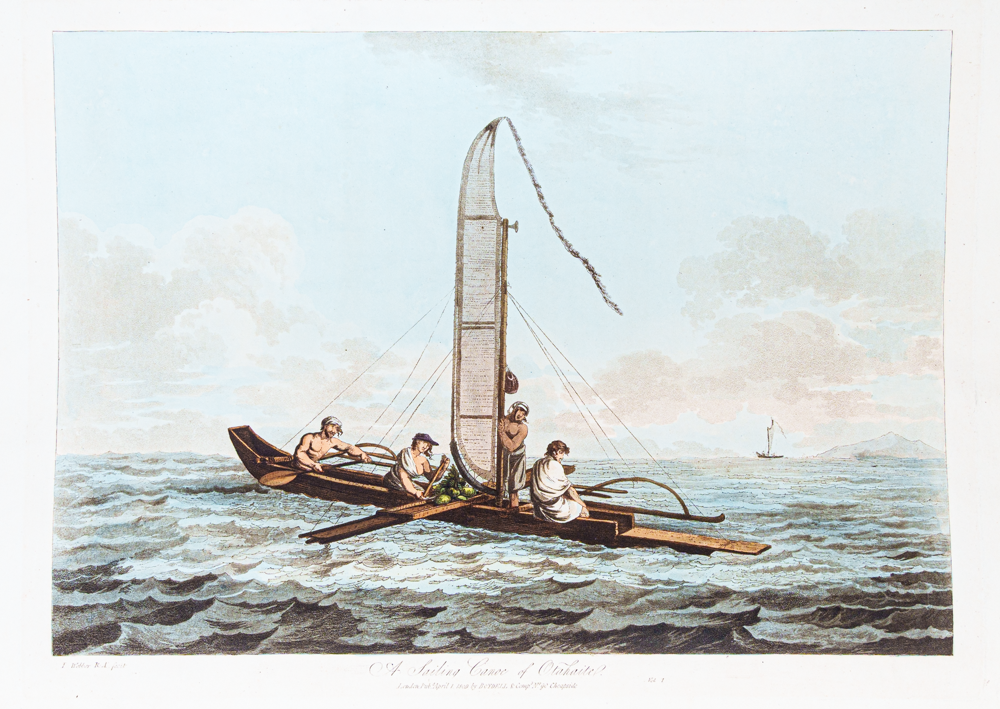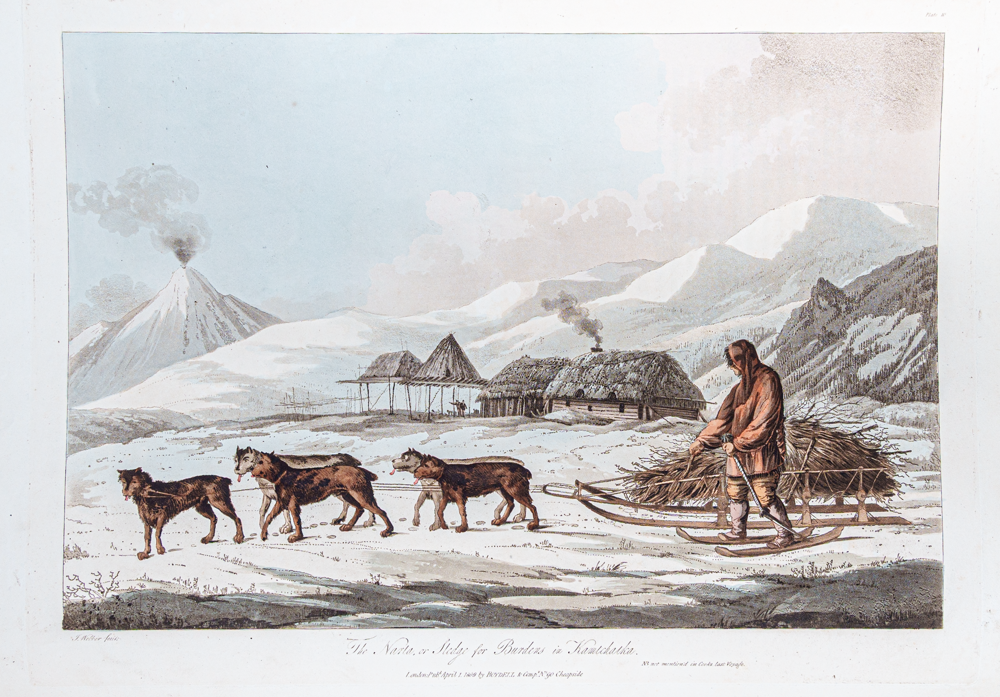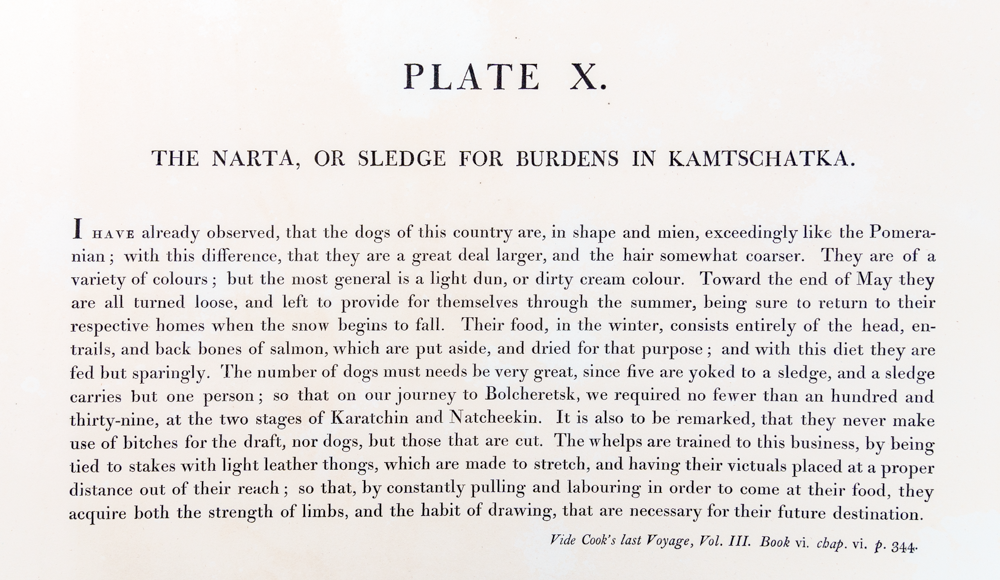
James (John) Webber (1751-1793) was educated in Berne and studied painting in Paris. He accompanied Captain James Cook on his third and final voyage to the Pacific and was the first European artist to visit Hawaii where Cook was murdered on the 14th February 1779. Webber was famous for his painting The Death of Captain Cook.
This book contains coloured lithographs of Webbers' sketches and letterpress by Cook himself taken from the Journal of Captain Cook's last voyage to the Pacific Ocean on Discovery 1776, 1777, 1778, 1779, 1780.
Here is an example -
Plates II and III The Boats of the Friendly Islands - A Sailing Canoe of Otaheite-
In the accompanying letterpress Cook considers the way the Pacific islanders navigate vast distances - here are some extracts -
"I have mentioned, that Feejee lies three days sail from Tongataboo, because these people have no other method of measuring the distance from island to island, but by expressing the time required to make the voyage in one of their canoes. In order to ascertain this, with some precision or, at least, to form some judgment, how far these canoes can sail, in a moderate gale, in any given time, I went on board one of them when under sail, and by several trials with the log, found that she went seven knots-- close hauled in a gentle gale. Vide Cook's Last Voyage Vol.1 Book ii. Chap.x p375"

